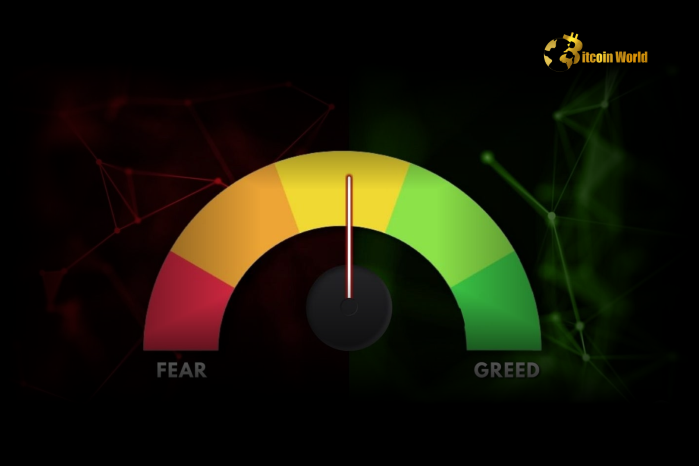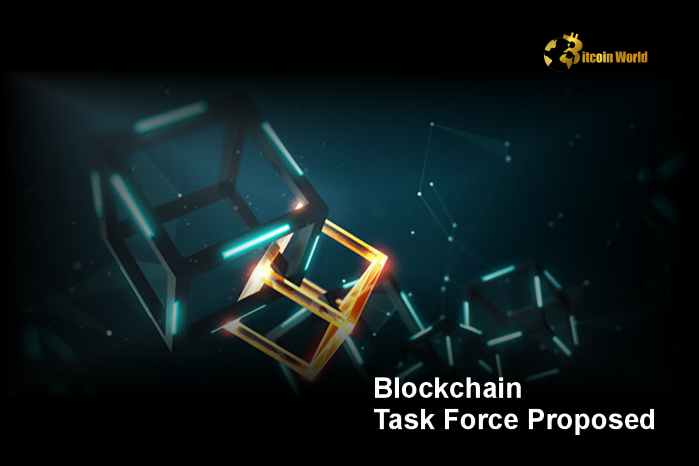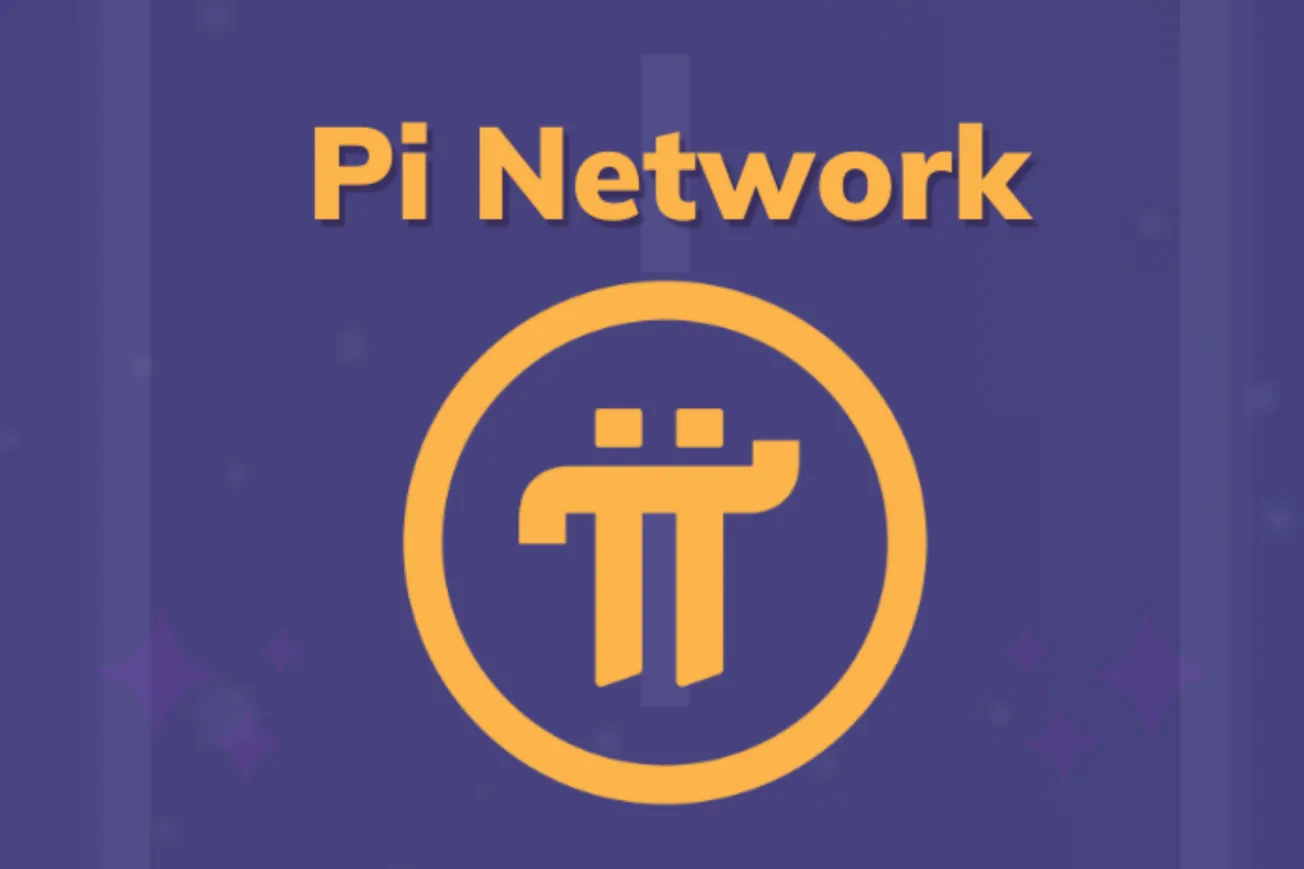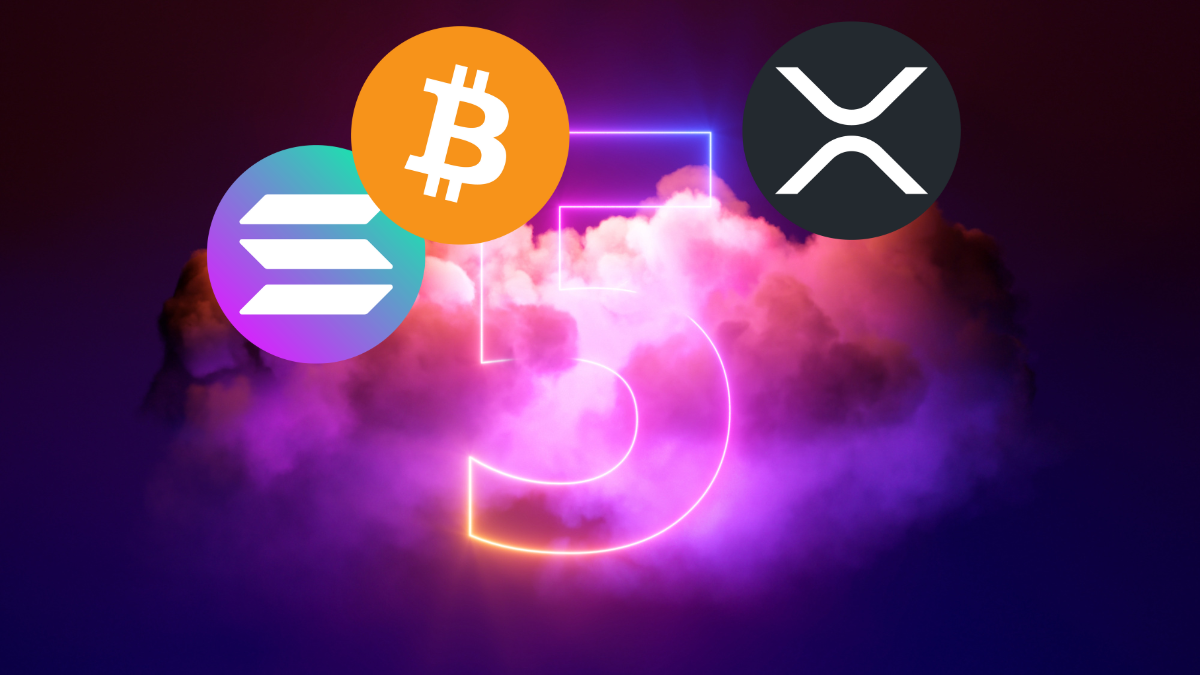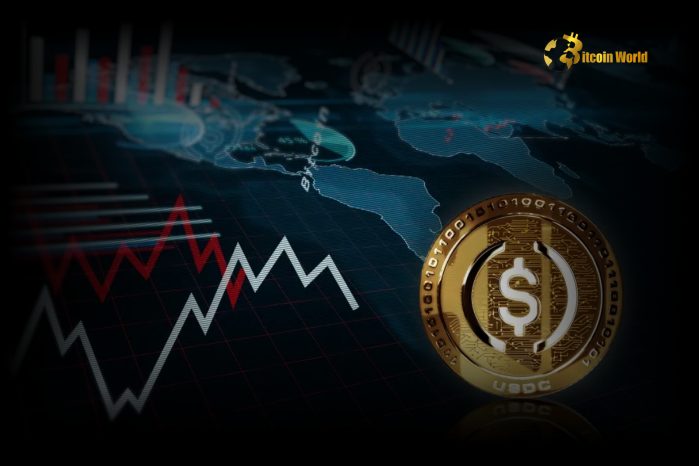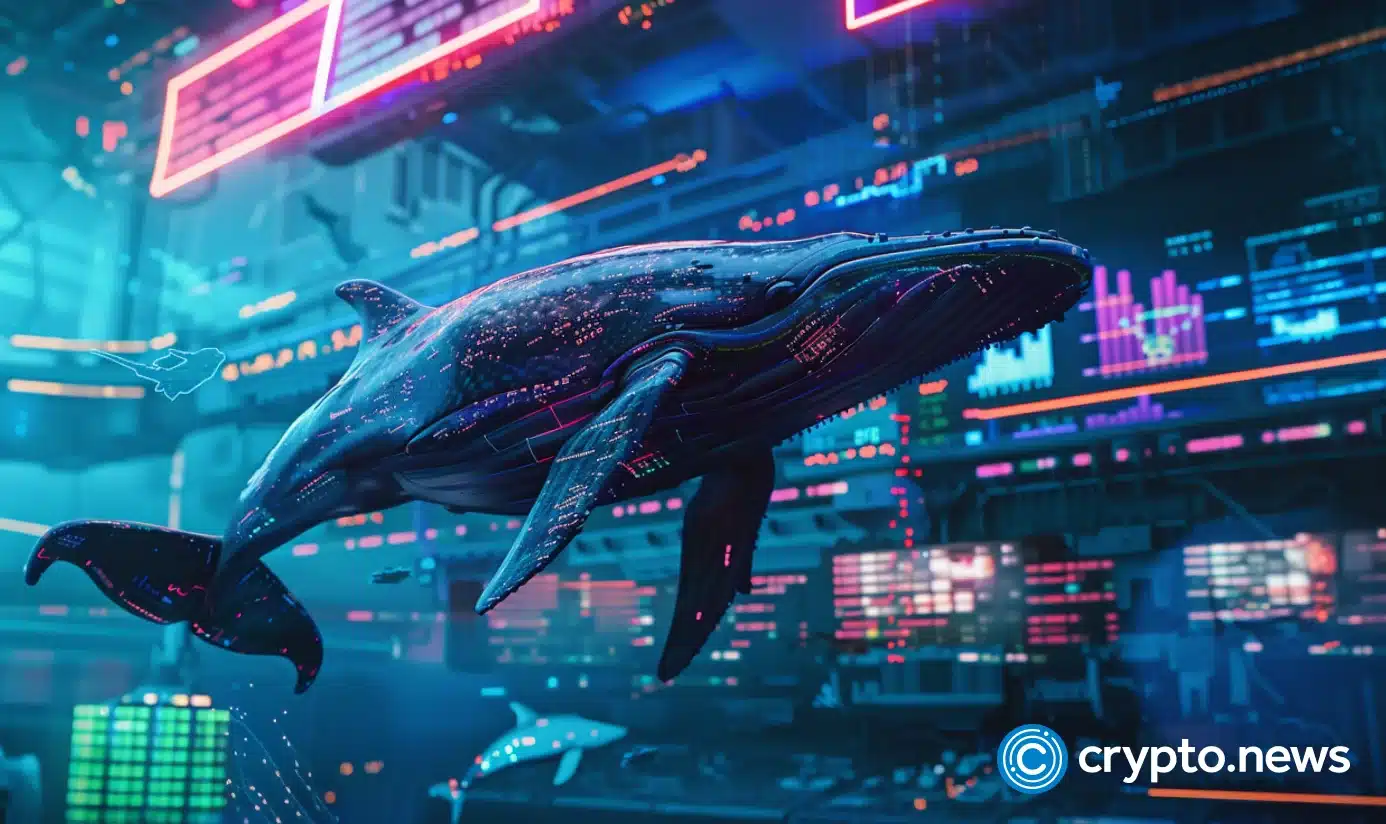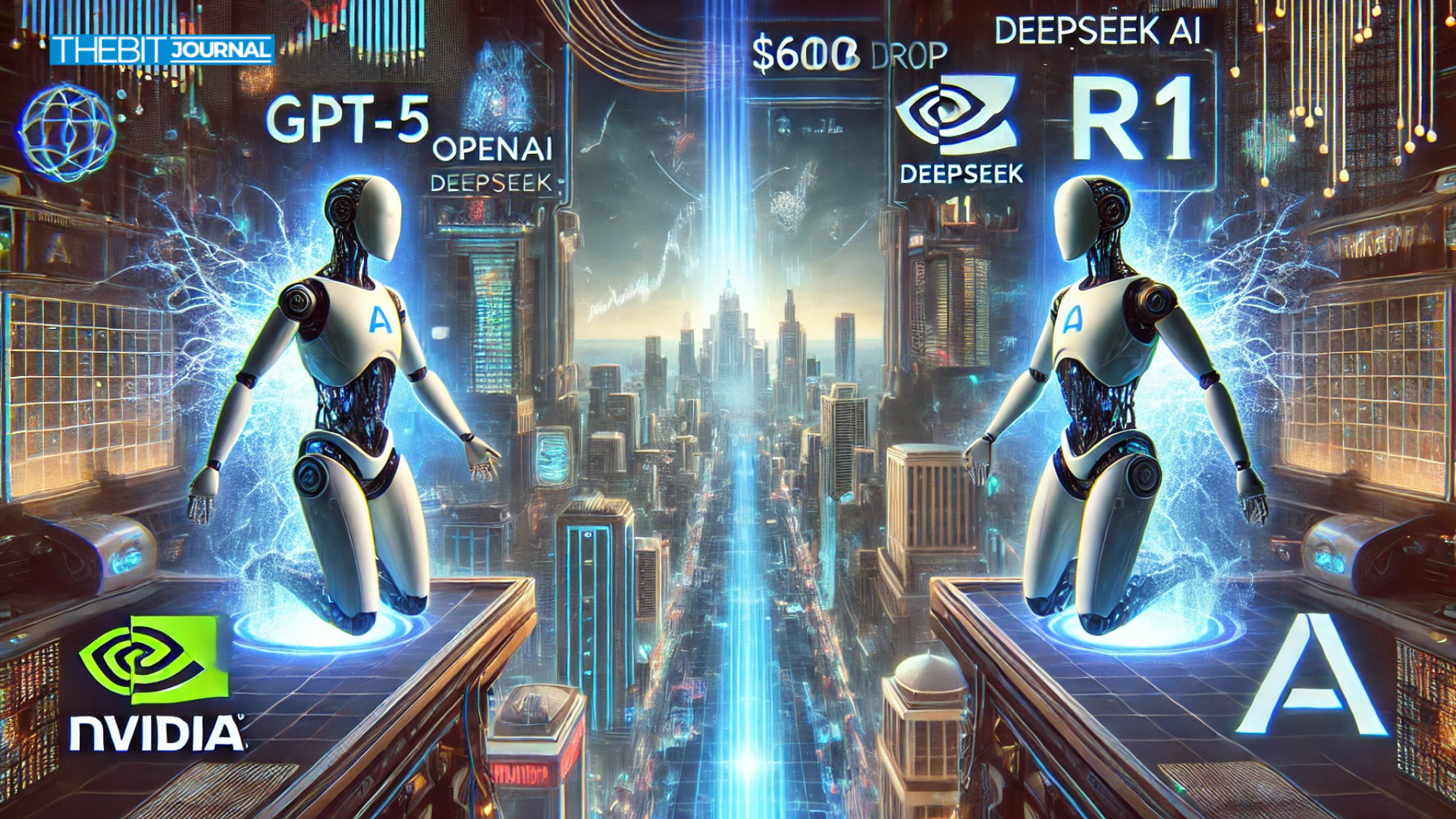In the AI space, OpenAI is preparing to release GPT-4. 5, and that GPT-5 was expected soon. Interestingly, on the startup front, the Chinese AI challenger DeepSeek started to gain traction against established tech giants with its new AI models. So let’s dig into these developments and what they mean for the future of AI.
OpenAI’s Roadmap: GPT-4.5 and GPT-5 on the Horizon
Recently, Sam Altman, the CEO of OpenAI disclosed the organization’s intentions around its subsequent models of AI. GPT-4. 5, internally known as “Orion,” will be the final one of OpenAI’s models that’s not chain-of-thought. According to Altman, OpenAI’s existing product portfolio is complex, and the opening up process is meant to get OpenAI to simple products.
“We hate the model picker as much as you do and want to return to magic unified intelligence,” he said.
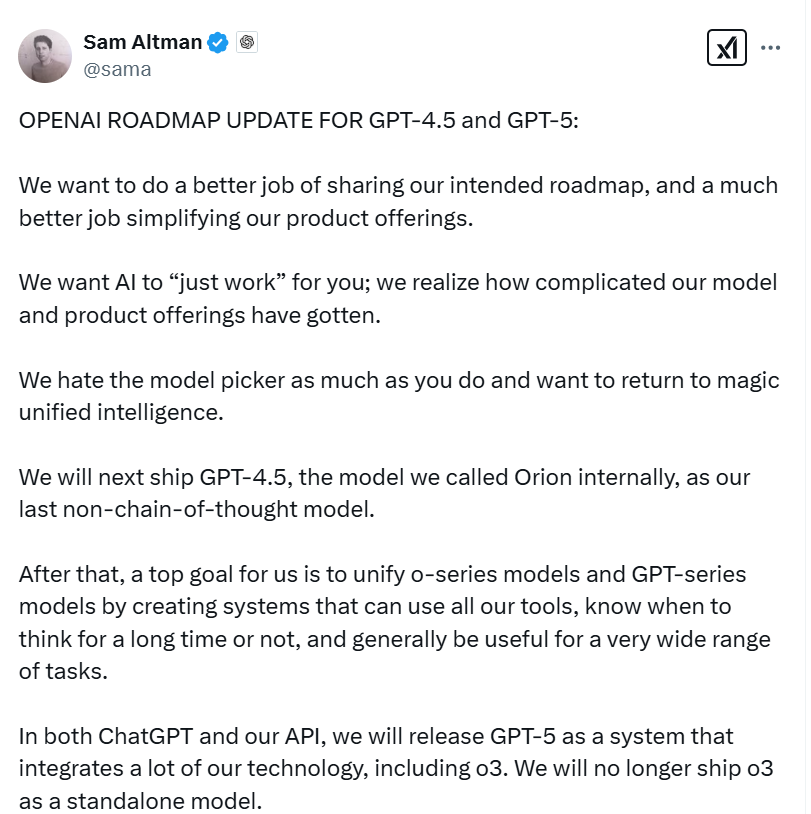
Following GPT-4. 5, which brings together the o-series and GPT-series of models under a single umbrella that serves as powerful systems across a variety of tasks. By using the o3 reasoning model, GPT-5 will undoubtedly have an increased capacity to fact-check things more effectively, generating less misinformation overall. In a statement, Altman explained how GPT-5 will come in intelligence levels according to user subscriptions, with both free users receiving regular intelligence and Plus and Pro giving higher tiers. Long-term plans for GPT-4 release. 5 and GPT-5 are expected in the next few weeks to months.
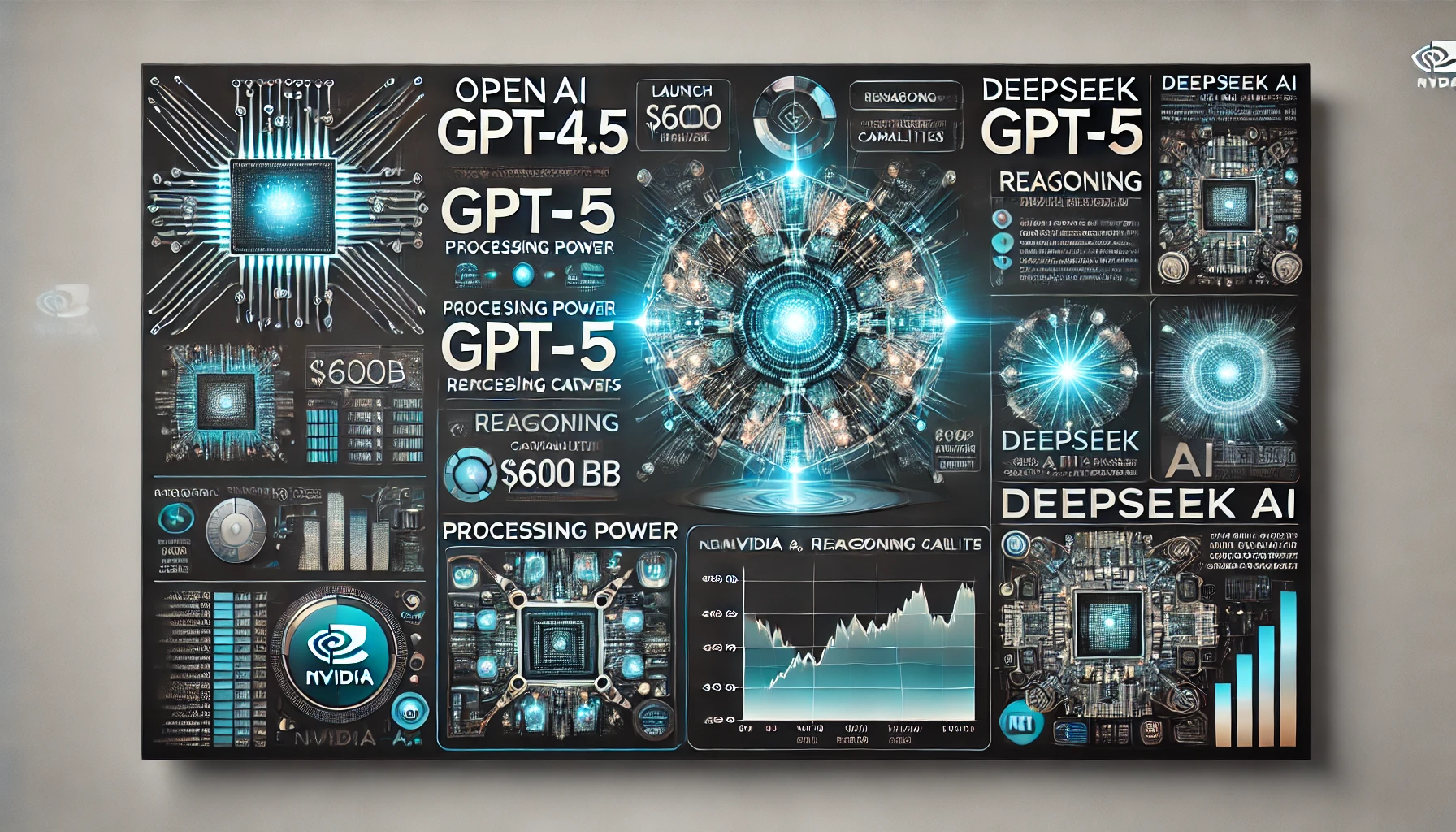
DeepSeek: China’s Rising AI Contender
On the other side of globe, a Chinese startup called DeepSeek is disrupting the AI space. The company also recently announced its R1 model, a low-cost AI that offers performance on par with the industry’s best, including OpenAI’s GPT-4. This has profound ramifications for global AI leadership because the developing world could leapfrog the well-resourced tech behemoths.
DeepSeek’s approach unlocks AI development for all. The market reacted quickly, as Nvidia’s stock value fell by $600 billion in the wake of DeepSeek’s announcement. It marks the shift in rethinking investments in AI as venture capitalists are now focusing on lean startups than established players.
The United States itself is rethinking its stance, toying with direct ownership of AI infrastructure and other mergers to ensure it gets to bend Silicon Valley to its will when it comes to who owns AI technology and access to data. How soon will AGI be upon us? The predictions describe the advent of AGI as soon as 2026, if not sooner, changing the landscape of new business, policy and career development forever.
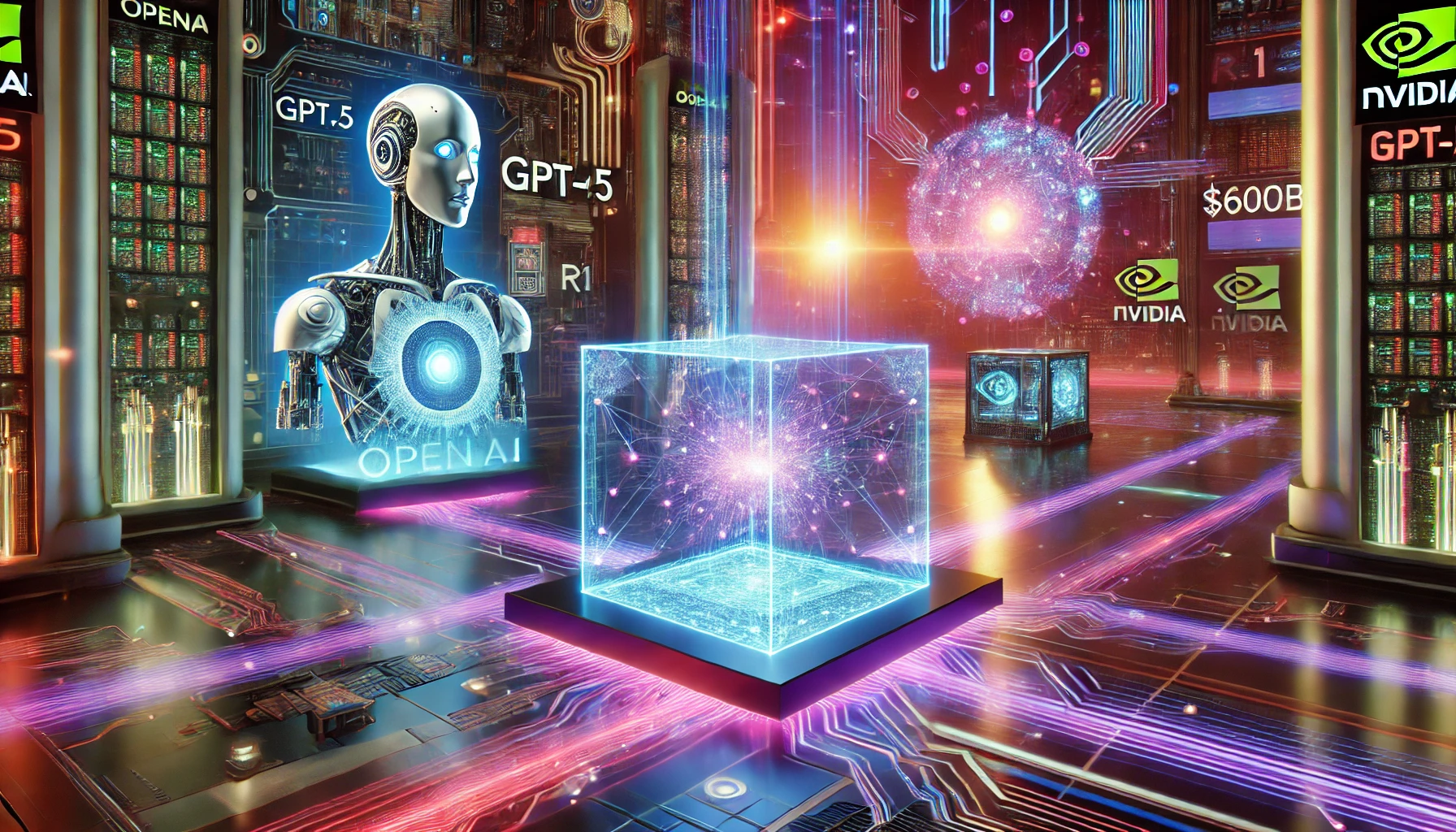
The AI Race Intensifies
The advancements by OpenAI and DeepSeek highlight the rapid pace of innovation in the AI sector. OpenAI’s focus on integrating reasoning models into GPT-5 aims to enhance the system’s ability to fact-check and reduce misinformation. Meanwhile, DeepSeek’s efficient approach to AI development challenges the notion that more computing power equates to better AI. Their R1 model matches leading AI systems while using fewer high-end chips, prompting a reevaluation of current AI development strategies.
Market Reactions
DeepSeek has made big waves ever since its inception in the market. DeepSeek’s announcement prompted an 18% decline in Nvidia—a prominent player in the field of AI hardware stock value. Shares in Microsoft and Alphabet, both tech companies, also dropped. The shake-up highlights the changing landscape of the AI industry, in which new entrants are going up against entrenched heavyweights. The United States government has taken notice, and the Stargate Project is one such initiative to strengthen American AI infrastructure and preserve its edge against foreign competitors.
What This Means for AI
The news from OpenAI and DeepSeek heralds a transformational phase in the evolution of artificial intelligence. OpenAI’s work to streamline and augment their models seeks to deliver more effective and precise intelligent systems at lower computational cost. In a daring departure from standard practices, DeepSeek stresses tractability and ease of use above all else. As competition amongst the tech giants intensifies, further innovations are sure to emerge that disrupt established paradigms and forge unprecedented pathways for AI to permeate ever more widely across diverse business sectors and society at large.
Stay tuned to The BIT Journal and keep an eye on Crypto’s updates.
FAQs
What is GPT-4.5?
GPT-4. GPT-4.5, codenamed “Orion” internally, will be the final pre-chain-of-thought model, ahead of the imminent arrival of GPT-5 and will arrive as GPT-4 without the option of running in “chain-of-thought” mode.
Who is DeepSeek?
DeepSeek is a Chinese AI startup developing the R1 model, leveraging a low-cost AI system with performance rivalling top models on the market, such as GPT-4 from OpenAI.
What response from the market has DeepSeek seen upon starts?
After DeepSeek’s announcement, Nvidia’s worth fell an astonishing $600 billion — perhaps signifying an unprecedented sea change in the AI landscape and how investments in it are viewed.
What are the implications of these developments for the future of AI?
These advancements suggest a more competitive AI landscape, with new players challenging established tech giants and potentially accelerating the arrival of artificial general intelligence.
Glossary
AGI (Artificial General Intelligence): The ability of an AI to understand the knowledge to perform any tasks just like a human being.
Chain-of-Thought Model : AI model capable of reasoning similar to human reasoning by priming on step-by-step evidence.
DeepSeek R1 Model: The DeepSeek AI Model matches the performance of the best AI but with less than half the high-end chips used.
GPT-4. 5 (Orion): The next model from OpenAI, which will be the last non-chain-of-thought model, will possibly be released after the arrival of GPT-5.
Stargate Project: An effort of the U.S. government, which intends to strengthen America’s AI infrastructure and keep its lead.
Sources
The Bit Journal – Read More


